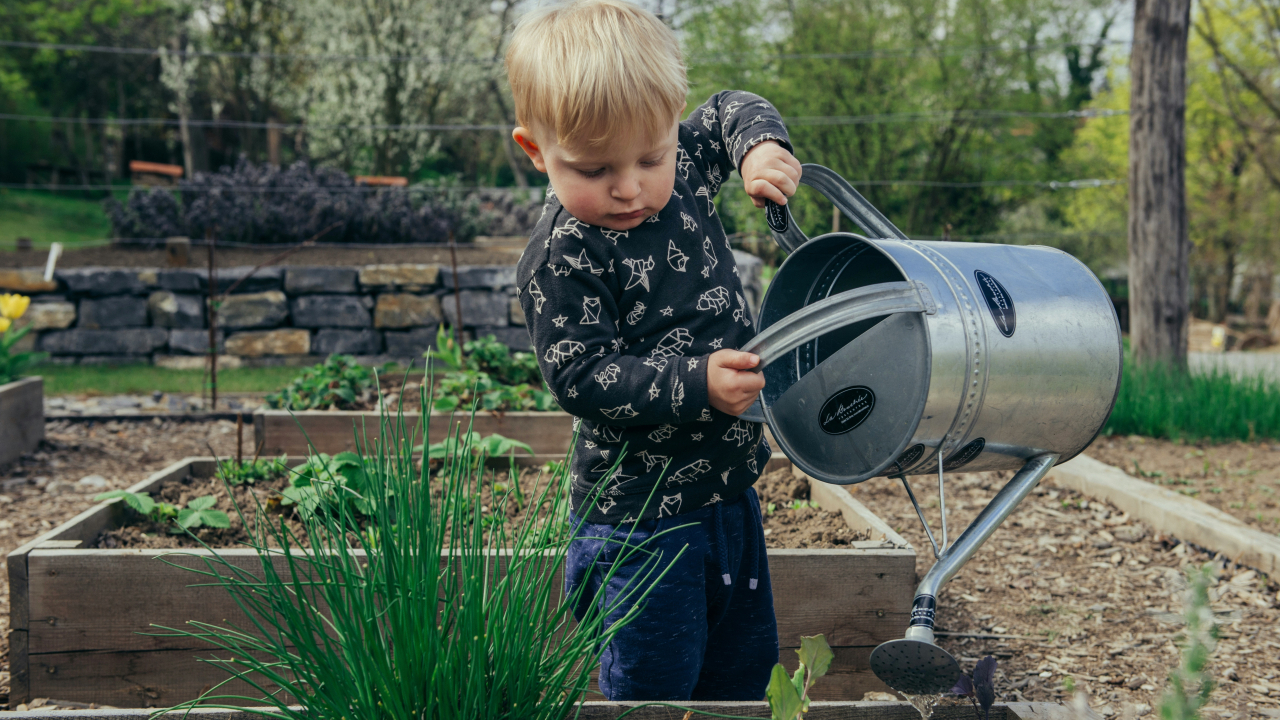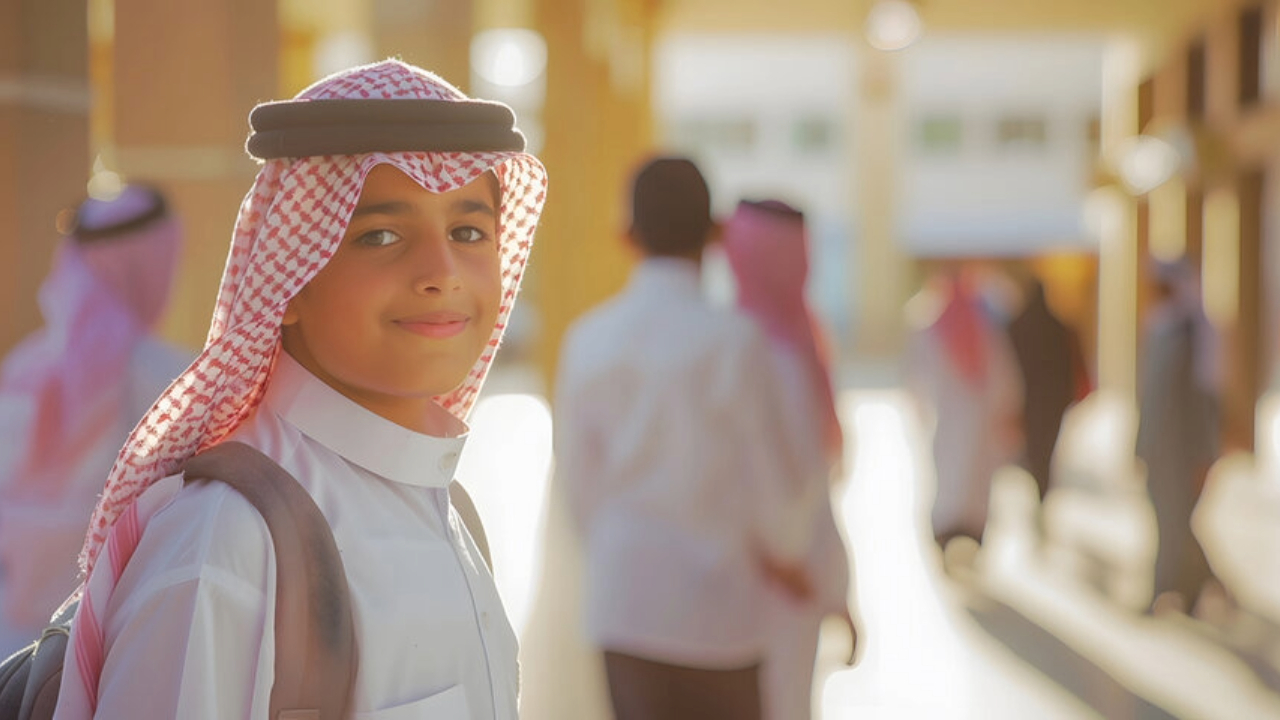Sustainability in Early Years: A Lifestyle, A Mindset
When you hear the word sustainability, what comes to your mind? For me, it is reading a book that my brother once read, listening to my grandparents’ stories, carrying our jars to the supermarket to refill them with household essentials, sorting out garbage at home, and growing our own food—even if it is just a pot of herbs by the window.

But when sustainability is proposed—or seen—in a nursery or school, particularly in a fast-growing city like Dubai, it can often be misunderstood. Sustainability sometimes gets reduced to an aesthetic: removing natural colours from the environment, making everything beige, decorating rooms with artificial vines, and covering display boards with hessian fabric. While these visuals may look “eco-friendly,” true sustainability runs much deeper than the décor.
We are no longer in a position to simply recycle—we must now learn to reduce and reuse. Sustainability is not a trend, it is a mindset—a way of life that must be embedded in the hearts and habits of young children from the very beginning.
For me sustainability in the early years rests on four interconnected pillars:
1. Sustainable Culture
Sustainable culture begins with inclusivity. It is about building a community where every individual is respected, accepted, and valued for who they are. When children grow up feeling a deep connection to their family, neighbours, and wider community, they naturally develop empathy and responsibility.
We can nurture sustainable culture by:
- Sharing stories from family histories and diverse cultures.
- Celebrating traditions, languages, and unique experiences.
- Encouraging children to build relationships with people around them.
- Embracing pre-loved toys, books, or clothes—each item carrying its own special story.
This rootedness and sense of belonging lays the foundation for a compassionate and resilient generation.
2. Sustainable Environment
Environmental sustainability is about helping children understand that they belong to nature, not separate from it. It is more than just caring for the environment—it is about living with it.
Practical ways to embed this:
- Grow herbs, vegetables, or flowers together, even in small spaces.
- Compost food scraps and segregate garbage as part of daily routines.
- Spend time outdoors connecting with nature through walks, observation, and reflection.
- Avoid single-use plastics and creatively reuse materials.
- Teach children to treat all living beings—plants, insects, animals—with kindness and care.
The Impact of the Smallest Things
Even something as tiny as the plastic triangle tab on a packet can do significant harm. These tabs are often cut off and discarded. Too small to be sorted correctly, they end up in the environment and are often consumed by birds or animals, leading to injury or death.
A simple act of mindfulness can make a difference. We do not need to cut off the triangle—leaving it intact and disposing of the whole packet properly is safer. Better still, we can avoid such packaging when possible. Teaching children to be aware of even the smallest pieces of waste helps embed responsible habits that protect our planet.
3. Sustainable Education
True education goes beyond academics. Emotional sustainability is just as important—it is about teaching children how to manage their emotions and support their own wellbeing, as well as the wellbeing of others.
Sustainable education should include:
- Teaching emotional literacy—helping children name and understand their feelings.
- Encouraging mindfulness, empathy, and cooperation.
- Learning through storytelling, shared experiences, and nature-based play.
- Using open-ended, natural, or recycled materials for learning.
- Embedding daily practices that reflect care for the environment and each other.
When we nurture emotionally aware, socially responsible children, we are building the foundation for a sustainable future.
4. Economic Sustainability
Sustainability also includes how we spend and consume. Supporting local economies, using regional products, and reducing unnecessary purchases teaches children about thoughtful consumption.
How we can promote this:
- Shop at local markets and involve children in the experience.
- Choose local ingredients and explain their origins.
- Host swap or donation drives for gently used toys and clothes.
- Celebrate stories of meaningful shopping habits from our own childhoods.
I still remember going with my father to a local shop every Sunday morning. We were allowed to choose one treat. That weekly visit wasn’t just about the treat—it was about connecting with our neighbourhood, knowing the people, and building memories that still stay with me today.
Sustainability is a Habit
Sustainability is not something we teach once and move on. It is in the small daily choices we model:
- Turning off lights when leaving a room.
- Saving water while brushing teeth.
- Cooking meals together on “Meatless Mondays.”
- Reusing paper for art projects.
- Repairing broken toys instead of replacing them.
These everyday practices quietly and powerfully shape lifelong habits in children.
To nurture a generation that thoughtfully considers their actions and their impact, we must cultivate empathy, responsibility, and a strong connection to the environment.
Mindfulness is essential in today’s world—in how we treat one another, how we use our resources, and how we care for the Earth.
Sustainability is not about perfection; it is about making intentional, conscious choices with care and purpose.
Let’s raise children who recognize that every action counts. Every drop of water saved, every bite of food respected, every tiny plastic piece considered, every kind word spoken—these small, everyday acts build not only a better world, but also better human beings.
By Simeen Khan
Stay up to date
Subscribe to the free GESS Education newsletter and stay updated with the latest insights, trends, and event news every week. Your email address will remain confidential

